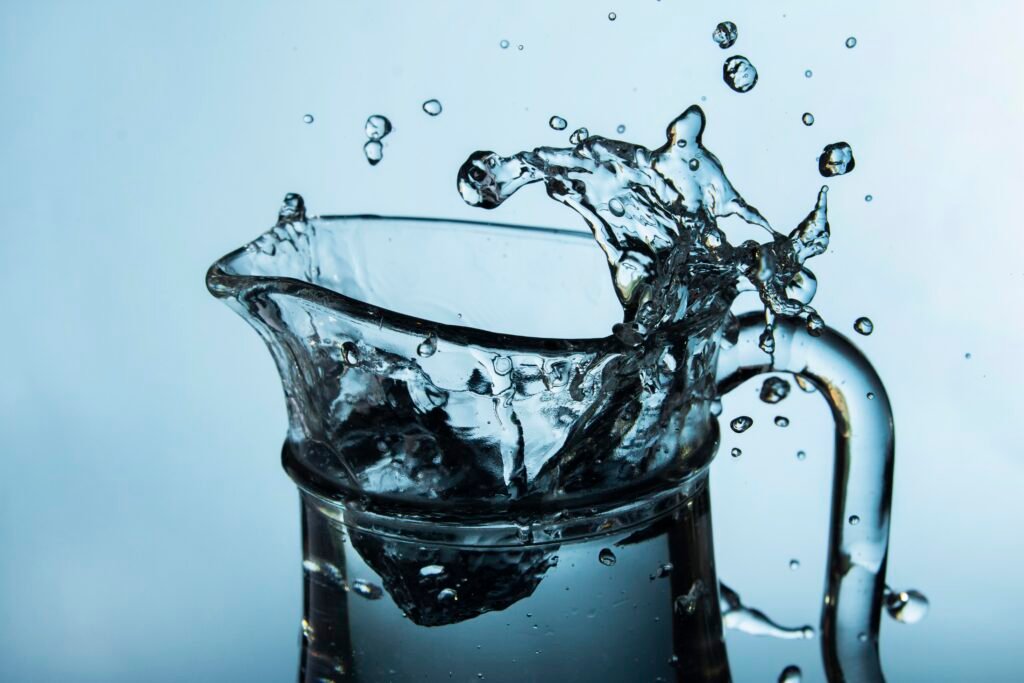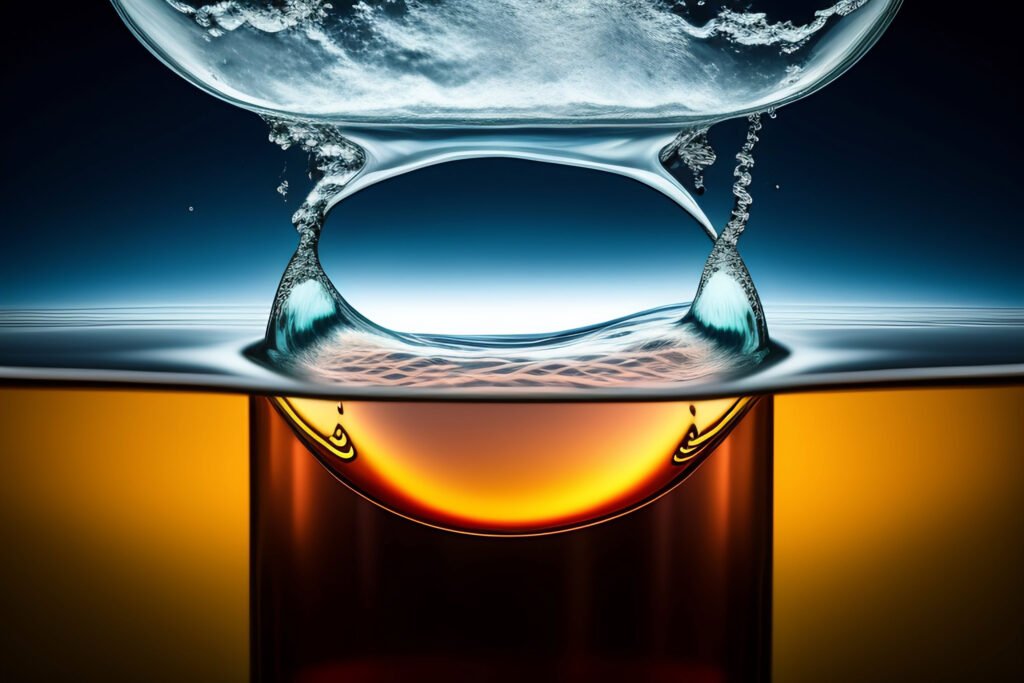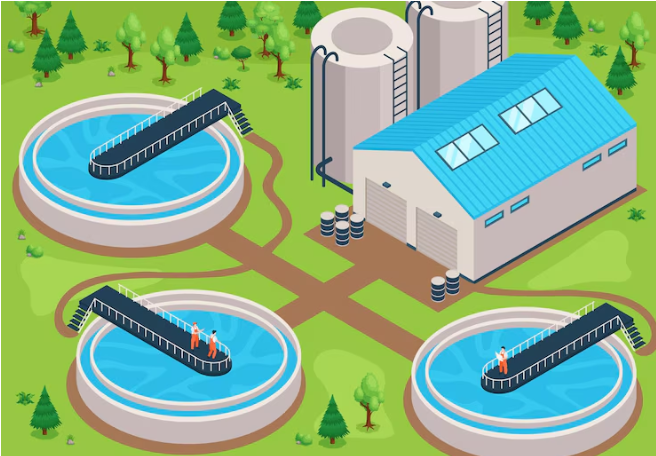Understanding Demineralized Water and Filtration Plants

Water is a fundamental element in many industries, whether it’s for manufacturing, healthcare, or power generation. However, the quality of water needed for specific applications varies significantly. In many cases, water must be purified to a high degree to eliminate minerals and impurities that could negatively impact industrial processes. This is where Demineralized (DM) water and filtration plants come into play. In this blog, we will delve into the processes and importance of DM water plants, filtration techniques, and their role in the operations of companies like Sarvo Water, a leading player in water purification systems.
The Importance of Pure Water in Industry
Industries such as pharmaceuticals, food and beverage, power generation, and electronics require water with extremely low levels of dissolved minerals and impurities. Even small amounts of minerals like calcium, magnesium, and sodium can lead to scale buildup, corrosion, and contamination, compromising both product quality and equipment longevity. Demineralized water, or DM water, is free from these dissolved salts and is essential for such industries.
What is Demineralized Water?
Demineralized water refers to water that has had most or all of its mineral ions removed. This process typically eliminates both cations (such as calcium, magnesium, sodium, and potassium) and anions (such as chloride, sulfate, nitrate, and carbonate). The water has very low conductivity, making it suitable for high-purity applications. Many choose DM water over distilled water in large-scale operations due to its cost-effectiveness.
The Demineralization Water Plant Process
Demineralization (DM) water plants produce highly pure water by removing dissolved minerals and salts through ion exchange. The process involves:
- Pretreatment: Raw water is filtered to remove particles, organics, and chlorine, protecting the ion exchange resins.
- Cation Exchange:The resin exchanges cations like calcium and magnesium for hydrogen (H⁺) ions as it passes water.
- Anion Exchange: The cation-treated water is passed through another resin that replaces anions (e.g., chloride, sulfate) with hydroxide (OH⁻) ions.
- Mixed Bed Polishing: For ultra-pure water, a mixed bed unit combines both resins to fine-tune water purity.
- Post-Treatment and Storage: The purified water is monitored and stored safely for industrial use.
Filtration Plants and Water Purification

Source of Image Freepik
In addition to ion exchange-based demineralization, various filtration techniques are essential in water purification plants. These filtration methods are critical in reducing contaminants that could otherwise overwhelm the ion exchange process or affect the final water quality.
- Microfiltration: Microfiltration is used to remove suspended solids, bacteria, and large particles from water. This step is usually the first stage in many water treatment processes.
- Ultrafiltration: Ultrafiltration provides finer filtration by removing viruses, colloids, and very small particles. This method is especially useful in applications where high-purity water is needed.
- Reverse Osmosis (RO): RO is one of the most effective water purification methods, removing up to 99% of dissolved salts, organics, and other impurities. RO is often used in conjunction with DM plants to ensure ultra-pure water quality.
- Activated Carbon Filtration: Activated carbon removes organic compounds, chlorine, and odors from water. It plays a crucial role in pretreatment before the water enters the DM process.
Applications of DM Water and Filtration Systems
DM water is essential to numerous industries and finds use in the following:
- Power Generation: DM water is used as boiler feed water and in cooling systems to prevent scaling and corrosion.
- Pharmaceuticals: The manufacturing of medicines and drugs requires ultra-pure water free from impurities.
- Electronics and Semiconductors: High-purity water is needed to clean wafers and circuits during the manufacturing process.
- Food and Beverage: Demineralized water is used in the production of soft drinks, canned foods, and other consumables where mineral content must be controlled.
Sarvo Water: A Leader in Water Purification
Sarvo Water is recognized for its high-quality water treatment and filtration solutions, catering to a diverse range of industrial needs. The company specializes in designing and manufacturing custom water treatment systems, including DM water plants and advanced filtration setups. Their solutions are built with precision and cutting-edge technology to ensure that customers receive water that meets stringent quality standards.
The core technologies offered by Sarvo Water include:
- DM Water Plants: Sarvo designs tailored demineralization systems for various industrial applications, offering both two-bed and mixed-bed configurations depending on the required water purity.
- RO Filtration Systems: Sarvo’s RO systems are engineered to provide maximum rejection rates of impurities while maintaining efficiency in water recovery, reducing operational costs.
- Ultrafiltration and Microfiltration Units: Their filtration units are designed to handle various feedwater conditions and provide robust pretreatment for downstream processes.
- Custom Water Treatment Solutions: Sarvo also offers end-to-end custom water treatment solutions, including design, installation, and maintenance services for large industrial plants.
Conclusion
Demineralized water and advanced filtration systems play a critical role in ensuring the smooth operation of various industries that require high-quality water. From ion exchange to RO and ultrafiltration, the integration of these technologies is essential to produce DM water that meets industry standards. Companies like Sarvo Water continue to push the boundaries in water purification, offering innovative and reliable solutions to cater to diverse needs.
In power generation, pharmaceuticals, and food production, the significance of DM water and filtration plants is not to be underestimated. As industries continue to evolve, so too will the technologies that purify and treat the water that keeps them running smoothly.



